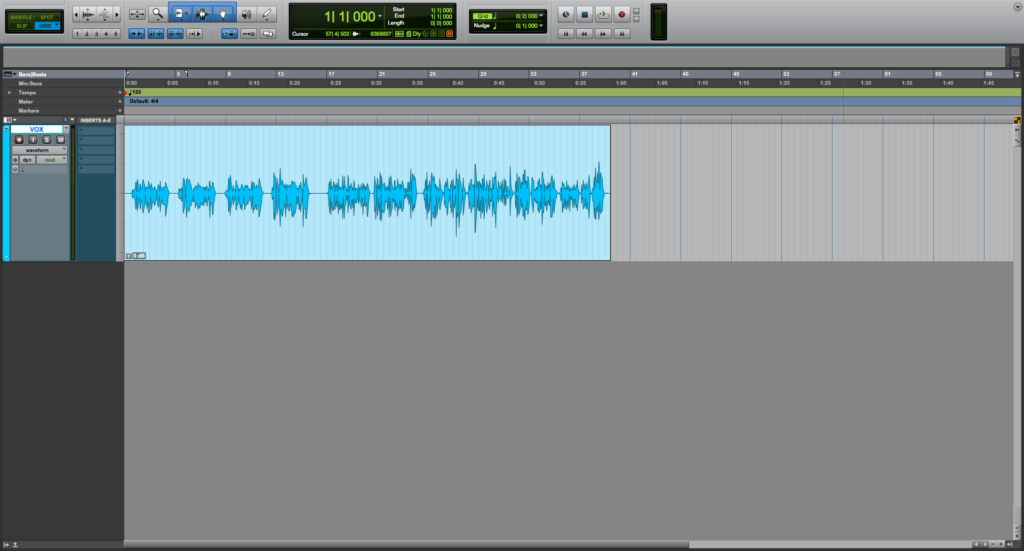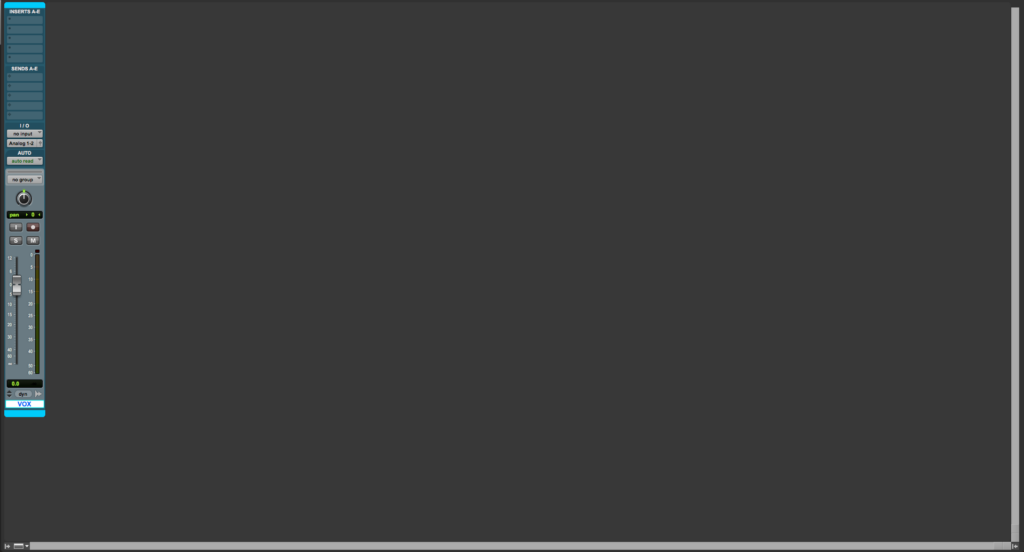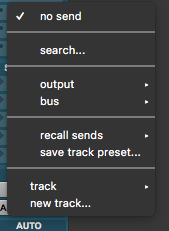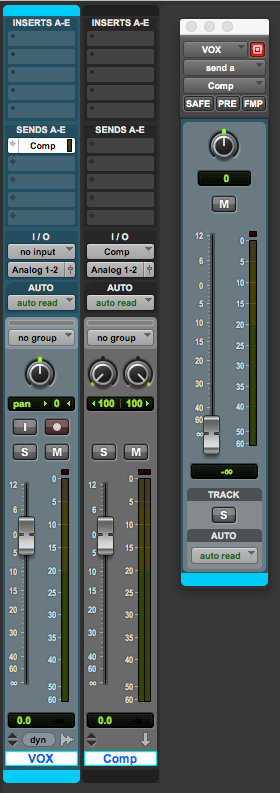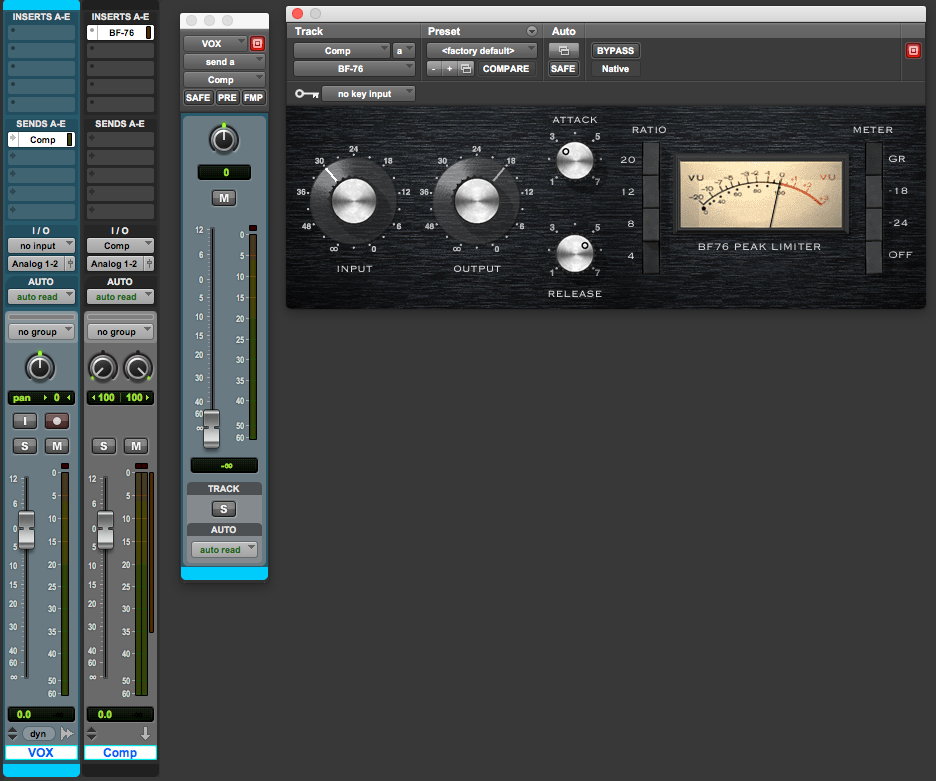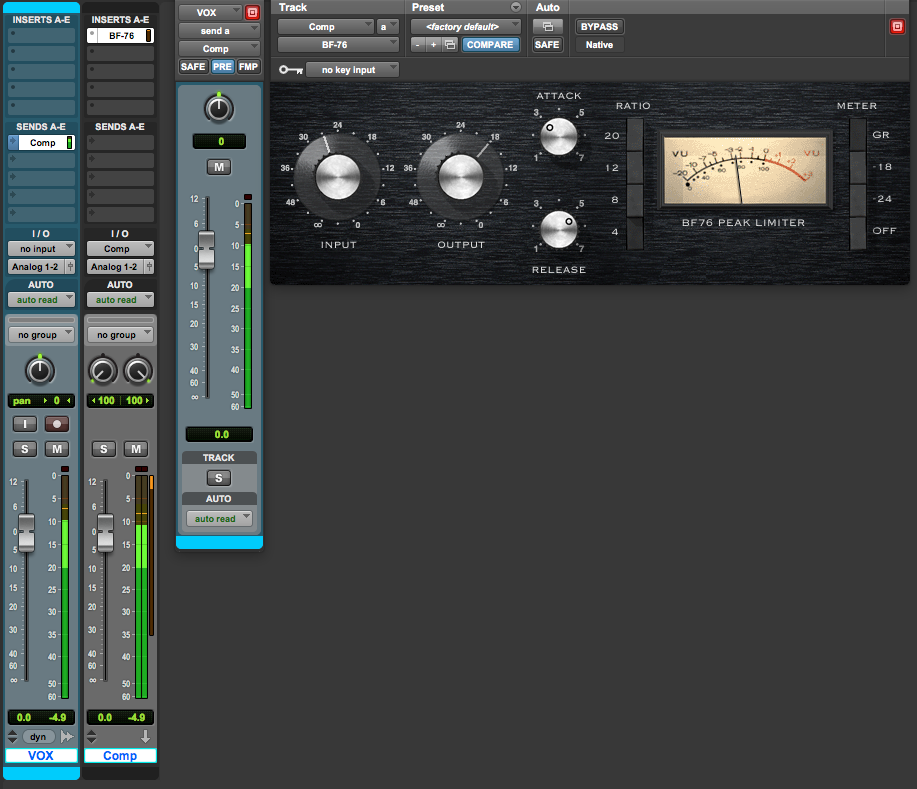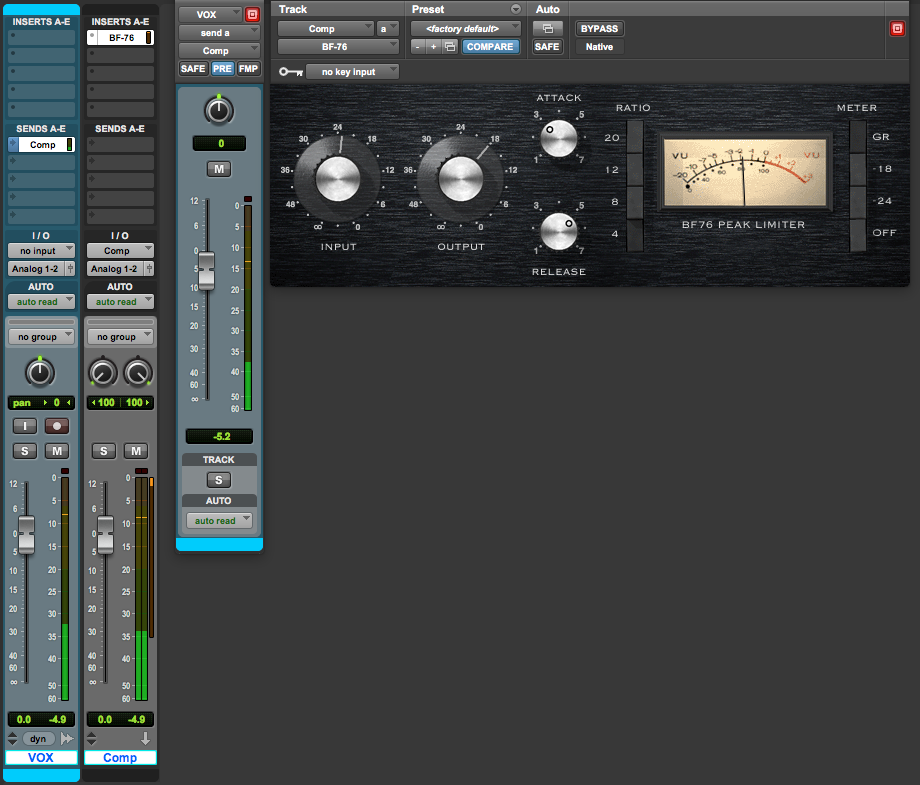How to apply Parallel Compression in Pro Tools
This blog is part of our new series of tutorials based on Avid’s flagship Digital Audio Workstation, Pro Tools.
Want to learn how to use Avid Pro Tools in real time, with a professional digital audio trainer? It’s faster than blogs, videos, or tutorials. Call OBEDIA for one on one training for Avid Pro Tools and all digital audio hardware and software. Mention this blog to get 15 bonus minutes with your signup! Call 615-933-6775 and dial 1, or visit our website to get started.
Need a Pro Audio laptop or Desktop PC to run Avid Pro Tools software and all of its features at its best?
Check out our pro audio PCs at PCAudioLabs.
Getting started with how to apply Parallel Compression in Pro Tools
Pro Tools is a software that lets you produce, record, edit and mix audio as well as MIDI performances.
On a previous tutorial we explained the general method required to use sends in Pro Tools.
Sends can be used to feed time-based effects such as reverbs and delays, but can also be used to feed dynamic processors like compressors.
When we send a dry signal to a compressor in parallel, we are in fact applying “parallel compression”.
This technique is widely used in order to make the sound of vocals and drums more present, specially when working with rock and pop-oriented genres.
Today we will learn how to apply parallel compression in Pro Tools.
- Open or create a new Pro Tools session. Make sure it contains at least one audio track:
It is easy to see, we have a single “VOX” track, which is simply a mono audio track with a vocal line.
For the purpose of this tutorial we will add parallel compression using sends.
2. Open the Mix window by click on: Window -> Mix:
3. Locate the “Sends” are of the channel strip:
4. Click on the first available slot and the following options will appear:
5. Click on “new track” to create a new track fed from a send. The following window will appear:
From this “New Track” window, you can select the format of the track, type, time base and name.
For the purpose of this tutorial, we will let it as stereo, aux, samples timebase, and label it as “Comp”.
6. Press “Create” and the new track associated to the send will be created as:
So now, we have our mono “Vox” track, a stereo aux track labeled as “Comp and a dedicated “Send” labeled as “Comp” located at the first Sends slot of the channel strip.
7. Locate on the inserts column of the “Comp” track and add a compressor plugin.
For the purpose of this tutorial we are adding the default “BF-76” compressor from Avid.
Now that we have the routing done, we can officially “send” the Vocal signal to the parallel compressor unit.
8. Locate the Send fader and push the fader up in order to send a copy of the signal into the Comp track:
Since we are using a Send for parallel compression (dynamic processing) it is recommended to have it as “pre fader send”.
In order to make sure it is set to pre-fader, we simply must check the “PRE” function so it turns light blue indicating it is ON.
9. Press PLAY and the track will playback. A copy of the “vox” track will be sent to the “comp” track using its associated fader and you should hear the contribution of dry and wet signals.
10. You can adjust the contribution of dry and wet signals by simply dragging the send fader up or down as needed:
You can also control how much “compression” to apply by tweaking the compressor parameters.
And that is it! We have successfully configured our sends in Pro Tools to apply parallel compression.
You can apply this same method for any compressor or dynamic processing unit that you want to set in parallel.
At this point, we have successfully explained how to apply Parallel Compression in Pro Tools.
Using Avid Pro Tools software to produce music would be ideal with one of our professionally designed PCAudioLabs Systems due our high-performance specifications in order to work with any of the Digital Audio Workstations supported. If you would like to order one of our PCAudioLabs computers, please call us at 615-933-6775 or click this link for our website.

